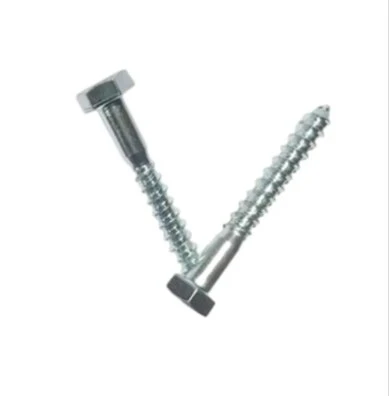Dec . 03, 2024 15:44 Back to list
rack screws
Understanding Rack Screws Functionality and Use Cases
Rack screws, also known as rack bolts or rack pins, are an essential component in the assembly and maintenance of rack-mounted systems. In the realm of computing and industrial settings, racks serve as versatile structures for housing servers, network equipment, and various electronic devices. The integrity of these racks and their components relies significantly on the use of rack screws.
What are Rack Screws?
Rack screws are specially designed screws used to secure equipment to standard racks, typically 19 inches wide, a common standard in the telecommunications and data center industries. These screws are crafted to handle the weight of the equipment while ensuring that everything remains securely fastened during operation. Their design often accommodates the unique dimensions of rack mounting, making them crucial for maintaining stability in high-density environments.
Types of Rack Screws
Various types of rack screws cater to different applications and equipment requirements
1. Standard Rack Screws These are typically machine screws that fit into a threaded hole or a cage nut within the rack's vertical posts. They usually come in standard lengths to accommodate different equipment thicknesses.
2. Cage Nuts A cage nut is a type of hardware that provides a nut and screw assembly solution. It consists of a nut encased in a metal cage, allowing it to fit into square holes in the rack posts. Cage nuts are often used when the rack does not have pre-threaded holes, providing a secure fastening system for diverse applications.
3. Self-Tapping Screws These screws can be used directly in the rack material without the need for a pre-drilled hole. They're particularly useful when securing lighter equipment or in racks that may not have threaded nuts.
4. Screws with Flange or Washers To distribute the pressure exerted by the screw head, some rack screws come with a flanged head or a washer integrated. This feature helps prevent damage to the equipment and maintains a balanced pressure across the mounting surface.
Importance of Rack Screws
rack screws

The significance of rack screws can’t be understated. First and foremost, they ensure the safety and stability of the equipment housed within the rack. In environments where large machinery and sensitive electronic devices operate, this support prevents equipment from becoming dislodged or damaged during movement or vibration.
Additionally, rack screws streamline the installation and maintenance processes. With standardized sizes and designs, technicians can quickly secure or replace equipment without extensive tools or modifications, thereby reducing downtime and increasing operational efficiency.
Furthermore, they play a crucial role in organizing and optimizing space within data centers. By securely mounting servers and networking devices, IT professionals can maximize the use of vertical space, which is essential in environments where real estate is at a premium.
Best Practices for Using Rack Screws
To ensure the longevity and effectiveness of rack-mounted equipment, adhering to best practices when using rack screws is essential
1. Use the Correct Size Always select screws that match the specifications of both the equipment and the rack. Using incorrect sizes may lead to inadequate support or damage.
2. Tighten Appropriately While it’s essential to secure screws tightly, over-tightening can lead to stripping threads or cracking equipment casings. Following the manufacturer’s guidelines can mitigate this risk.
3. Regular Maintenance Periodically check the tightness of rack screws, especially in high-vibration environments. Loose screws can compromise the stability and safety of mounted equipment.
4. Choose Quality Materials Opt for high-quality rack screws made from materials resistant to corrosion and wear, especially in environments with harsh conditions.
Conclusion
In summary, rack screws are a vital component in the secure assembly of rack-mounted systems. Their varied types and innovative designs provide solutions tailored to the unique demands of modern equipment installation. By understanding their functionality and following best practices, technicians can ensure that their rack-mounted devices operate securely and efficiently, contributing to the overall effectiveness of data management and computing infrastructures.


